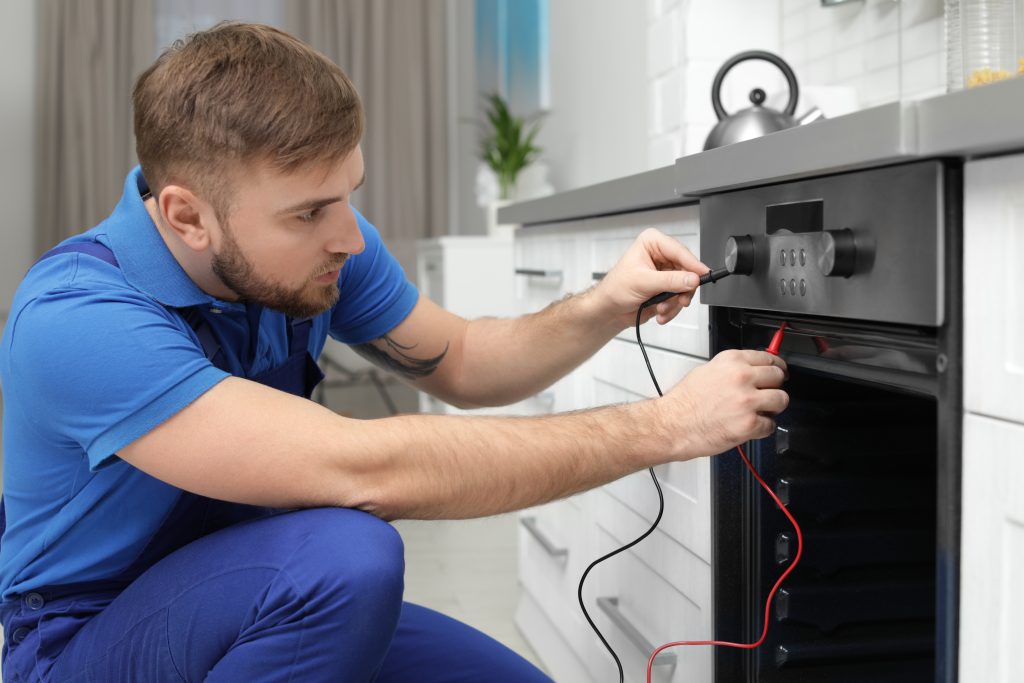An oven that won’t heat is more than an inconvenience—it’s a kitchen crisis. Whether you’re trying to bake dinner or preheat for a special occasion, a non-functioning oven can bring your meal plans to a screeching halt. Before you panic, it’s helpful to understand the most common reasons your oven not heating and what you can do about it.
Common Reasons for Your Oven Not Heating: From Faulty Heating Elements to Broken Thermostats

When you encounter your oven not heating, the problem can typically be traced back to one of a few key components.
- Faulty Heating Element (Electric Ovens): This is one of the most common culprits. If your oven is electric, look inside to see if the heating element is visibly broken or has a large blister on its surface. When it’s working properly, it should glow red. If it remains cold and dark, it’s likely a goner and needs to be replaced.
- Igniter Issues (Gas Ovens): For gas ovens, the problem often lies with the igniter. This component doesn’t just spark the gas; it also acts as a safety sensor, signaling the gas valve to open. If the igniter is weak or completely failed, the gas valve won’t open, and your oven won’t heat. You’ll hear a clicking sound, but no gas will ignite.
- Broken Thermostat: The thermostat is the brain of your oven, regulating the temperature. If it’s faulty, it might be sending the wrong signals to the heating element or igniter, causing it to heat too slowly or not at all. A broken thermostat is a more complex issue that often requires a professional diagnosis.
- Blown Thermal Fuse: In some cases, a thermal fuse can blow to prevent the oven from overheating. While this is a safety feature, a blown fuse will cut all power to the heating components, causing the oven not to heat.
When to DIY and When to Call a Professional for Oven Repair
For a simple issue that causes an oven not heating, like a visibly broken electric heating element, a DIY fix might be possible. You can purchase a replacement part and, with the right tools and safety precautions (like disconnecting the power), you can often swap it out yourself. For more complex problems, especially those involving gas lines, igniters, or electrical wiring, it’s always safer and more efficient to call a professional.
Professionals have the diagnostic tools to accurately identify the problem and the expertise to fix it safely and correctly. They can handle a range of issues, from a simple thermostat calibration to a more complicated gas valve replacement. Attempting a complex repair on your own can lead to further damage, safety hazards, or even void your appliance’s warranty.
Don’t let a cold oven ruin your day. For all your oven repair needs, from simple repairs to complex diagnostics, reach out to All Area Appliance. Our certified technicians can get your oven back up and running safely and efficiently.

